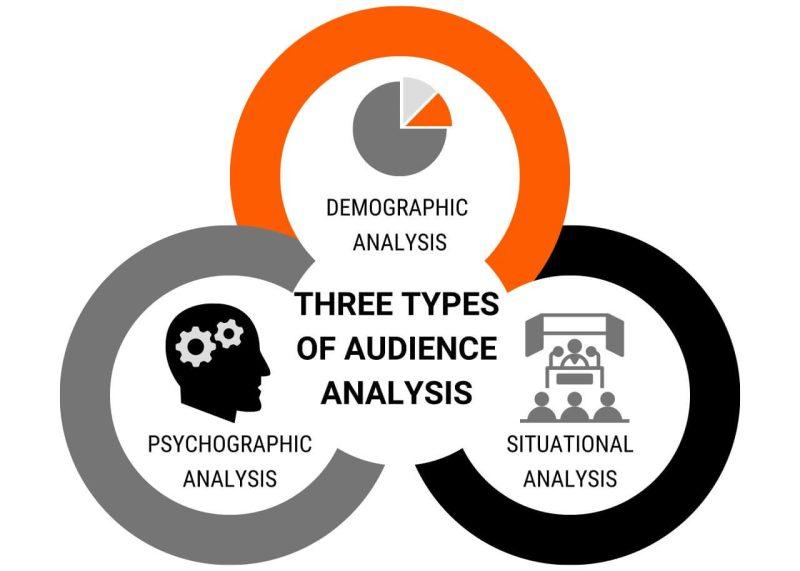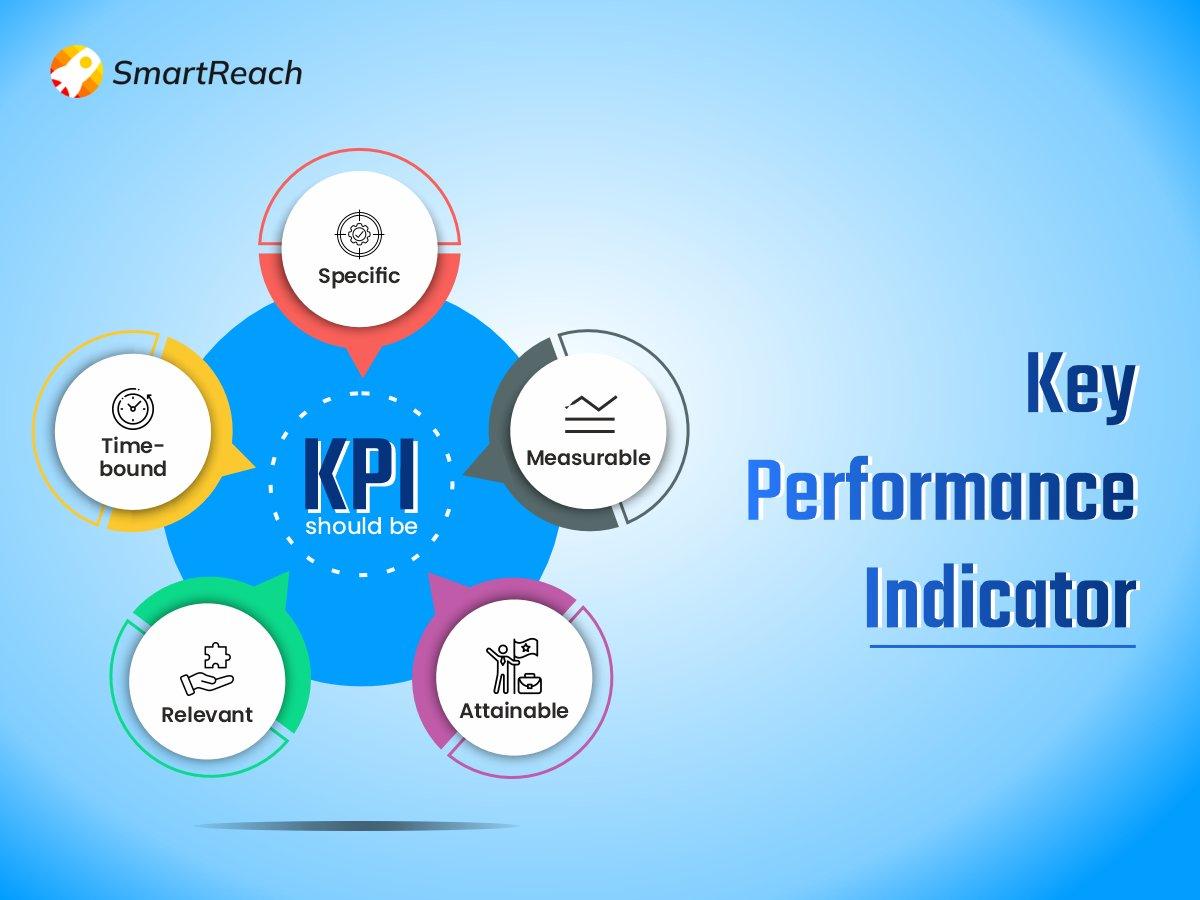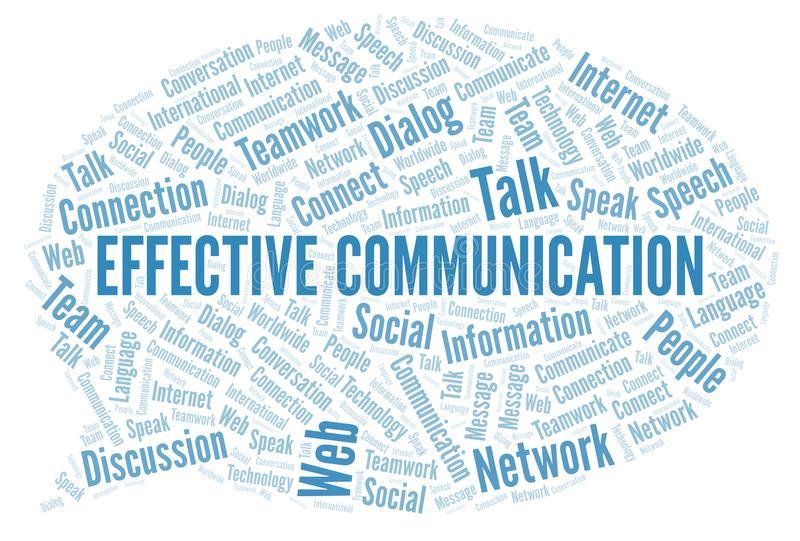
In the fast-paced world of social media,influencers wield a unique power,shaping trends,opinions,and even purchasing behaviors in an instant. Yet, behind every accomplished influencer campaign lies a crucial, often overlooked element: the brief. Crafting effective briefs is an art that can transform vague ideas into compelling narratives,guiding influencers to deliver authentic content that resonates with their audience. In this guide, we will explore the essential components of a well-structured brief, offering insights and strategies to ensure your collaboration with influencers is not only productive but also impactful.Whether you’re a brand looking to amplify your message or an influencer eager to hit the mark,understanding the intricacies of effective briefs can pave the way to successful partnerships and memorable campaigns. Join us as we delve into the nuances of crafting briefs that captivate,inspire,and drive results.
Understanding Your Audience for Tailored Influencer Briefs
To create influencer briefs that truly resonate, it’s essential to delve deep into the psyche of your audience. Understanding demographics, preferences, and behaviors empowers you to align your campaign objectives with the influencer’s reach and style. Start by gathering data on your target audience, encompassing factors such as:
- Age – Determine the age range that best suits your brand.
- Interests – Identify common interests that reflect your brand’s values.
- Engagement Level – Analyze how actively your audience interacts with content.
- Preferred platforms – Learn which social media channels your audience frequents the most.
Once you have a clear profile of your audience, you can tailor your briefs to speak directly to their needs and desires. Such as, if your audience is predominantly Gen Z, consider collaborating with influencers who can creatively utilize platforms like TikTok or Instagram Reels. This focused approach not only enhances relatability but also boosts the effectiveness of your campaigns. To illustrate the connection between audience understanding and influencer selection, here’s a quick reference table:
| Audience Demographic | Preferred Platform | Influencer Type |
|---|---|---|
| Gen Z | TikTok, Instagram | Micro-influencers |
| Millennials | Instagram, YouTube | Macro-influencers |
| Professionals | LinkedIn, Twitter | Thought leaders |

Key Elements of a Compelling Influencer Brief
When crafting an influencer brief,clarity is key to ensuring both parties are aligned on expectations and goals. start by providing a clear overview that outlines not just the campaign’s objectives, but also the brand’s overarching message. This section should encapsulate what your brand stands for,the intended audience,and the desired outcome from the collaboration. Incorporate a few essential components, such as:
- Campaign Goals: Define what you aim to achieve, whether it’s brand awareness, increased sales, or social engagement.
- Target Audience: Clearly describe the demographic, interests, and behaviors of your desired consumers.
- Key Messages: Outline the primary points you want the influencer to communicate.
Next, delve into the specifics by presenting a structured plan for content creation and distribution.Include guidelines that detail the type of content required, whether it’s a series of posts, stories, or video collaborations. Adding a content calendar for timely execution allows for efficient planning. Consider placing this information in a table format:
| Content Type | Posting Date | Key Message |
|---|---|---|
| Instagram Post | MM/DD/YYYY | Highlighting Product Features |
| Story Series | MM/DD/YYYY | Behind-the-Scenes Look |
| Blog Post | MM/DD/YYYY | In-depth Product Review |
The brief should also list any mandatory elements such as branding guidelines, hashtags, or disclaimers, while emphasizing creative freedom to ensure the influencer’s authentic voice shines through. By including these critical elements, you create a roadmap that guides influencers while allowing them the flexibility to connect meaningfully with their audience.

Measuring Success: KPIs and Metrics that Matter
To determine the effectiveness of your influencer campaigns, establishing clear Key Performance Indicators (KPIs) is essential. KPIs help you gauge how well your strategies align with your goals, ensuring that every brief you create is purposeful and result-driven. Here are some basic metrics you should consider:
- Engagement Rate: Measures the level of interaction (likes, shares, comments) your content receives.
- Reach and Impressions: Indicates how many people have seen the content, and how often it has been displayed.
- Conversion Rate: Monitors the percentage of users who take the desired action, such as making a purchase or signing up.
- Audience Growth Rate: Tracks the increase in followers or subscribers over a specified period.
- brand Sentiment: Assesses the general attitude toward your brand based on the influencer’s audience feedback.
Using these KPIs, you can create a complete overview of your campaign’s performance. It’s helpful to organize your data in an easy-to-read format, which can aid in identifying trends and areas for improvement. Below is a simple table that showcases the comparison of different metrics across various influencer campaigns:
| Campaign | Engagement Rate (%) | Conversions | Reach (k) |
|---|---|---|---|
| Spring Launch | 4.5 | 300 | 50 |
| Summer Collection | 5.8 | 450 | 75 |
| Fall Promotion | 6.2 | 380 | 80 |

Building Lasting Relationships Through Effective Communication
effective communication forms the backbone of any successful partnership, especially in the dynamic world of influencer marketing.It’s essential to convey your ideas clearly and concisely, ensuring that both you and the influencer share a common understanding of campaign objectives. Establishing a collaborative dialog can lead to more engaging content that resonates with your target audience. To achieve this, consider fostering an atmosphere that encourages open feedback and brainstorming sessions. This will not only strengthen the relationship but also enhance the creativity and authenticity of the campaign.
When crafting briefs, it is crucial to include specific elements that guide the influencer while allowing them creative freedom. Consider incorporating the following components into your communication:
- Campaign Goals: Clearly define what you aim to achieve.
- Target Audience: Specify demographics for better alignment with content.
- Key Messages: Highlight vital points that should be conveyed.
- Content Guidelines: Offer direction without stifling creativity.
- Timelines: Set deadlines to keep the project on track.
By structuring your communication effectively, you can prevent misunderstandings and foster an atmosphere of trust and collaboration. Active listening is equally important; it allows you to understand the influencer’s viewpoint and adapt your approach as needed. This mutual respect and understanding encourage deeper connections and yield content that not only meets objectives but also resonates well with audiences.
The Way Forward
As we conclude our exploration of crafting effective briefs for influencer collaborations, it’s clear that the foundation of successful partnerships lies in clarity and creativity. A well-structured brief not only lays the groundwork for mutual understanding but also unleashes the potential for authentic storytelling that resonates with audiences. By honing your skills in crafting these pivotal documents, you can bridge the gap between brands and influencers, ensuring that every campaign is not just a transaction, but a meaningful connection.
Remember,in the dynamic world of influencer marketing,adaptability and communication are key. Take the insights shared in this guide to refine your approach and foster fruitful collaborations that elevate your brand’s presence. With every brief you create, you’re not just sharing information—you’re sparking inspiration. Here’s to transforming your vision into reality and paving the way for influencer success. Happy briefing!